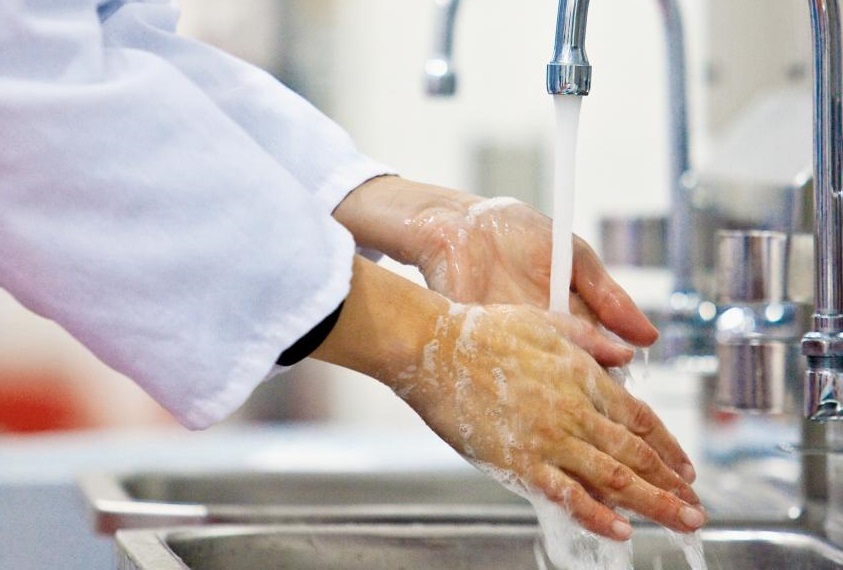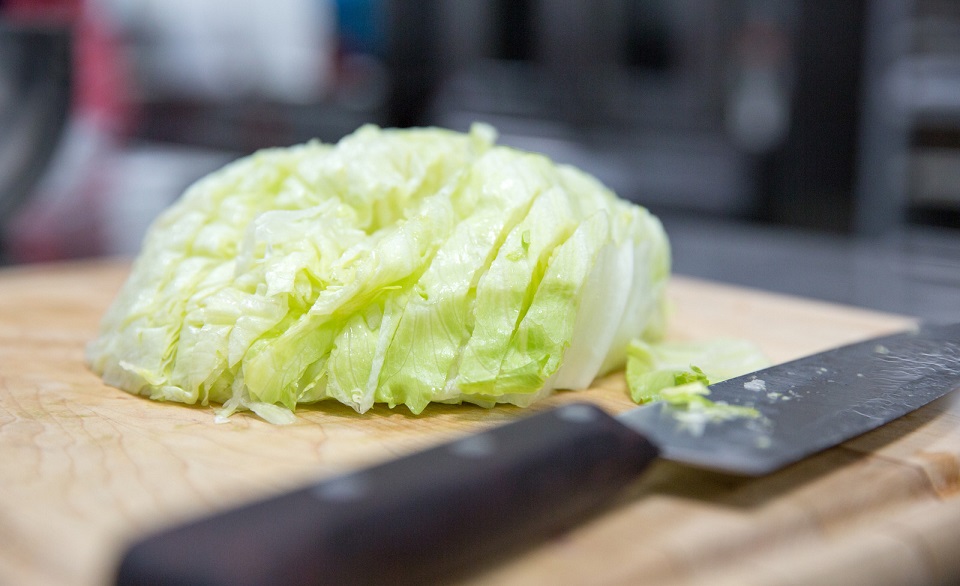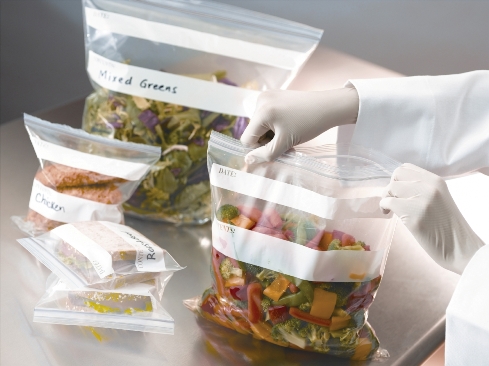What Do Your Guests see? A Front of House Checklist to Ensure Quality and Safety of Food
Hi Everyone! Here it is September already – Food Safety Education Month! Where did the summer go????
As you may recall from the first blog posted in August, we talked about how Risk-Based Inspections are the new normal for most regulatory health authorities and the importance of day-to-day oversight to prevent foodborne illness and ensure quality of food served. In our opinion every staff member in the foodservice operation has a role to play in keeping food safe and meeting quality standards.
Being big believers in checklists, we created a 21-point checklist (see second August blog) to help address key risk factors in the back of the house–time and temperature controls, food from approved sources, cleaning and sanitizing, and of course, employee health and hygiene.
As promised, here is a checklist focused on activities that occur in the front of the house. We advise that before doors open each day (or before each meal period), a “walk about” be conducted to see what your customers will see. This task can (and should) be rotated among staff members. (Of course, supervisor still need to monitor practices throughout the operation to be sure policies and procedures are followed.) For any item that receives a “No”, corrective actions should be noted indicating changes made to meet the standard. Whoever has the assignment for the day, signs their name. This checklist has 28 items focused on staff and the facilities (think of these as people and place). Of course, you can modify this checklist to address specifics for your operation. But the key is to raise awareness that the responsibility for safe food belongs to everyone, and to train the eyes of staffers to recognize needed areas of improvement!
Risk Nothing!

READ MORE POSTS
Routes of Foodborne Illness & Germs
From your sniffling coworker to the raw chicken on your kitchen cutting board, everyday life is full of potential infectious hazards. With germs so common and seemingly everywhere, knowing how germs spread is vital to preventing infection and foodborne illness. There are seven possible ways for the transmission of bacteria and viruses to take place. Although some of these microorganisms in our environment are good for us and protect us, disease causing pathogens are the germs or bad guys.
Handling Leafy Green Salad
We have had several produce outbreaks of foodborne disease from our lettuce, spinach, and other greens in the last several years that have been devastating to the produce growers and distributors, retail grocery stores, restaurants, and consumers.
Food Packaging Safety in a Vacuum
Extending the shelf life of fresh foods has come a long way in the food industry since curing meats with salt and sugar or canning vegetables with heat processing. The food service and consumer markets needed some better visual packages to draw the eye to the freshness factor and the technology of food packaging has filled our dinner plate. Vacuum packaging and modified atmosphere packaging, shortened to “MAP”, are the terms used for the method of food packaging used every time we choose convenience over more complex scratch meal preparation. According to industry statistics, billions of packages of vacuum and MAP-packaged foods flood the marketplace today. In both modified-atmosphere and vacuum packaging, food is packaged in a pouch made of barrier film.
The Eleven Commandments of Food Safety at Your Restaurant
Lists help us remember all kinds of information. Given the list of recent national foodborne outbreaks in the news, keep repeating this list to your food service team. They are kind of like “commandments”. As a professional in a food service facility we should think of the very basic food safety concepts that every crew member should aspire to learn, even though this list may have different priorities based on your menu. The first 3 apply to anyone who serves food, from a bag of popcorn to a full course meal. As chefs or managers, if we can “set the example” by repeating good food safety practices visibly to the crew, it will help them understand how important it is to the success of your facility. Thou shalt:










